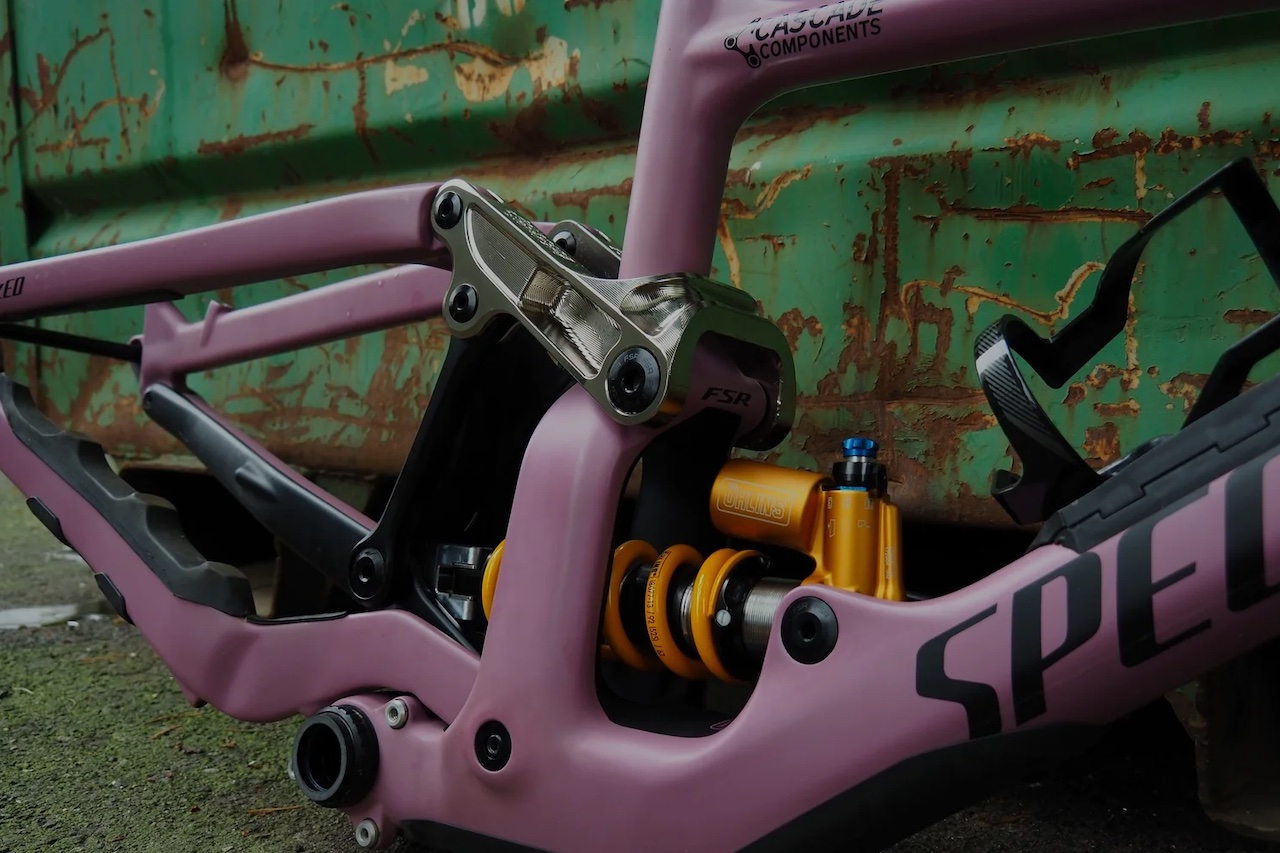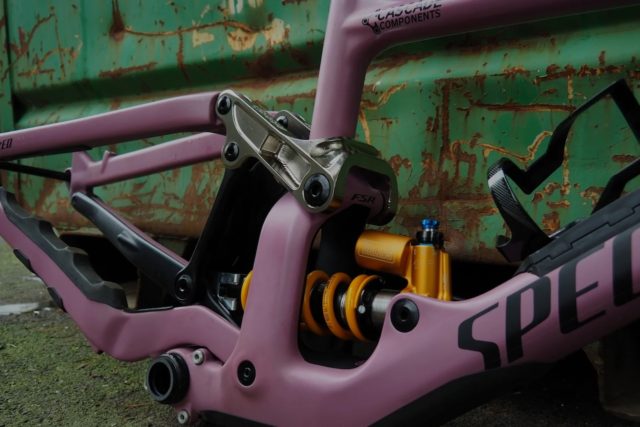The cycling industry has seen significant advancements over the years, with different materials being introduced for various bicycle parts. As we dive into the world of cycling, understanding how to select the right processing material for bicycle parts becomes crucial.
Material Matters: An Overview
The choice of material significantly affects the bike's overall weight, strength, longevity, and cost. Hence, manufacturers need to strike the perfect balance between these factors when selecting materials for different bicycle parts.
Aluminum alloy
Aluminum is a popular choice for many bicycle components due to its excellent strength-to-weight ratio. It’s lighter than steel and can be CNC machined with high precision, making it ideal for components such as frames, handlebars, and rims.
Aluminum is malleable, allowing for easy shaping and forming during the manufacturing process. It’s also resistant to rust, which is vital for the longevity of the bicycle. However, aluminum frames may provide a stiffer ride than their steel counterparts, which some riders might find less comfortable.
Steel
Steel has long been a staple material in bicycle manufacturing. It’s strong, durable, and has excellent fatigue resistance, making it perfect for parts like frames, forks, and handlebars.
There are several types of steel used in bicycle manufacturing, such as high-tensile steel, chromoly steel, and stainless steel. Each offers a different balance of strength, weight, and cost, allowing manufacturers to choose based on the specific needs of a bicycle model.
Carbon fiber
Carbon fiber is a relatively recent addition to the materials used in bicycle manufacturing. It’s incredibly light and strong, making it a popular choice for high-performance road and mountain bikes.
Carbon fiber can be manipulated in ways that metals can’t, allowing for aerodynamic shapes and structures that can significantly improve a bike’s performance. It’s most commonly used in frames, forks, handlebars, and seat posts. However, it’s the most expensive material and can be more vulnerable to impact damage than metals.
Titanium
Titanium is a premium material often reserved for high-end bicycles. It combines the best qualities of aluminum and steel, offering lightness, strength, and excellent ride quality. It’s also highly resistant to corrosion, making it an excellent choice for longevity.
Titanium is often used in frames, handlebars, and seat posts, but its high cost can be a barrier. However, for those seeking the ultimate in performance and comfort, titanium is hard to beat.
CNC Machining and Material Selection
The choice of material for CNC machining is as critical as the machining process itself. Some materials are better suited to the precise, automated nature of CNC machining than others. Aluminum, steel, and titanium can be readily CNC machined, providing high levels of precision and consistency. Carbon fiber, on the other hand, requires a different process called carbon layup, but CNC machines are used to make the molds in which the carbon fiber is laid.
Final Thoughts
Material selection for bicycle parts is a complex process that requires considering many factors, including the part's function, desired characteristics, cost, and how it will be manufactured. Aluminum, steel, titanium, and carbon fiber each have their benefits and drawbacks, and the choice between them will depend on the specifics of the bicycle model being produced.




